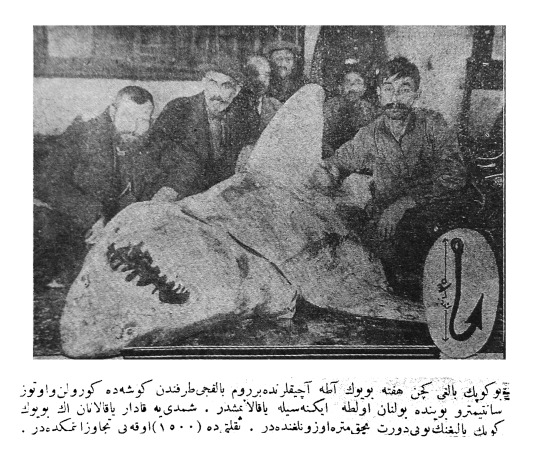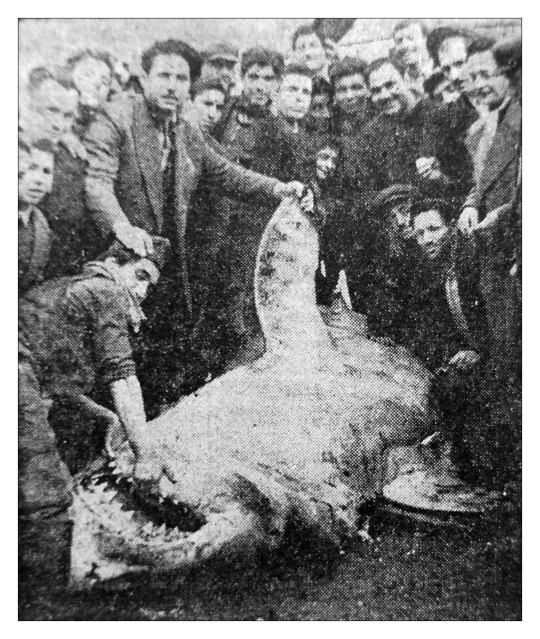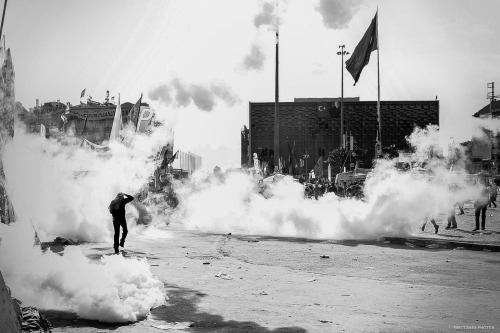#gezi parkı
Until the 1950s, Istanbul’s Bosporus strait was frequently visited by massive great white sharks, Charcharodon carcharias.

A massive specimen caught in the early 1920s, from Büyükada, a resort island just off Istanbul. Back in those years, Turkey still used the Arabic alphabet. A rough translation of the caption reads: “This shark was caught last week in Büyükada by Greek fishermen. To this day it is the biggest shark to be caught over there, its weight could surpass 1500 kg.”

This big guy was caught in Tuzla, on the Asian part of Istanbul province.

The great white sharks visited Istanbul to catch massive tuna fish, Thunnus sp. - which were also prized by local fishermen. Sometimes, sharks simply camped by seaside factories that processed the tuna to feed on their refuse.

This massive specimen was exhibited at the Taksim Artillery Barracks - currently the site of Gezi Park, popularised recently as the flashpoint of massive and controversial riots.

Harpooned sharks were occasionally left to die on nearby beaches. This picture is from the Kabataş shore; currently a hub of construction sites and inter-city boat ports.

An enormous specimen hung for display near the Galata bridge. It is a sobering thought that these sharks, the tuna fish, and the fishermen who caught them have all disappeared as the city turned into a crowded, polluted metropolis of 16 million people.
Sources:Büyük Beyaz Bilmece [The Great White Riddle] by Hakan Kabasakal. (2015) and National Geographic Turkey.
Images reproduced for non-commercial purposes.
Contact [email protected] for removal.


